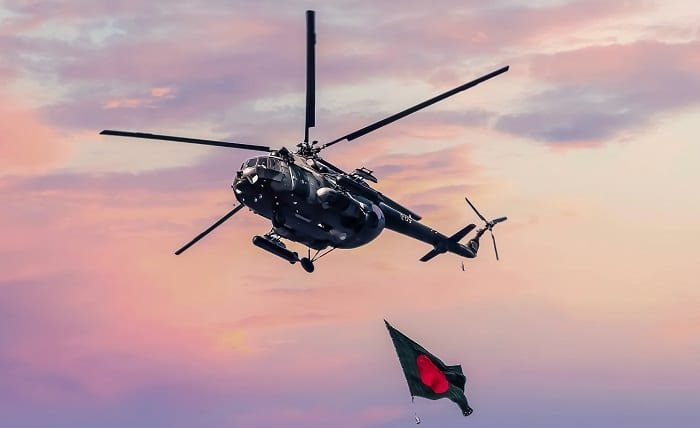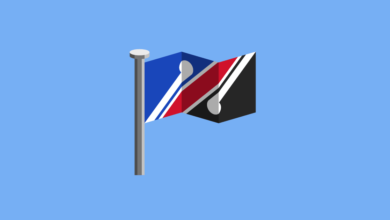Art and Science of Helicopter Flag Waving: A Comprehensive Guide

Introduction
The world of aviation is filled with a myriad of unique roles and traditions, each contributing to the safety, efficiency, and culture of flight operations. One such intriguing role is that of the helicopter flag waver. This profession, though not widely known, plays a crucial part in various aviation activities, from military operations to celebratory events. In this comprehensive guide, we will explore the history, techniques, safety protocols, and significance of helicopter flag waving.
The History of Helicopter Flag Waving
Helicopter flag waving has its roots in military traditions where signals and flags have long been used for communication. The practice evolved with the advent of helicopters, offering a new dimension to aerial signaling. Initially, it was a critical method for communication in combat zones, ensuring that messages could be conveyed without electronic means, which might be intercepted or jammed.
The Role of a Helicopter Flag Waver
The primary role of a helicopter flag waver is to provide visual signals to the helicopter pilot. These signals can indicate landing zones, guide helicopters during air shows, or provide directions during complex maneuvers. In military operations, they ensure stealth and precision, reducing the risk of electronic interception.
Essential Skills and Training
Becoming a helicopter flag waver requires rigorous training. Key skills include:
- Flag Signaling Proficiency: Understanding and executing flag signals with precision.
- Situational Awareness: Maintaining awareness of the helicopter’s position, speed, and the surrounding environment.
- Physical Fitness: The job demands physical stamina and the ability to remain steady in challenging conditions.
Training often involves simulations, hands-on practice, and thorough understanding of aviation protocols.
Types of Flags and Their Meanings
Different flags have specific meanings in helicopter operations. Commonly used flags include:
- Yellow: Caution or slow down.
- Red: Stop or emergency.
- Green: Proceed or go ahead.
- Blue: Specific signals related to military operations or air shows.
Each flag’s movement and position relative to the waver can convey detailed instructions to the pilot.
The Technique of Flag Waving
Flag waving is an art that requires precision and clarity. Techniques involve:
- Firm Grips: Ensuring the flag is held securely to prevent accidental signals.
- Clear Movements: Making deliberate and clear gestures to avoid confusion.
- Signal Timing: Coordinating signals with the helicopter’s approach and speed.
Safety Protocols in Helicopter Flag Waving
Safety is paramount in helicopter flag waving. Protocols include:
- Proper Gear: Wearing protective clothing, helmets, and gloves.
- Clear Zones: Ensuring the signaling area is free of obstacles and personnel.
- Communication: Maintaining constant communication with the pilot and ground crew.
Helicopter Flag Waving in Military Operations
In military contexts, helicopter flag wavers are vital. They:
- Guide Helicopters: During takeoffs, landings, and maneuvering in combat zones.
- Signal Covertly: Using non-electronic means to avoid detection.
- Coordinate Air Support: Ensuring precise timing and positioning for air support missions.
The Role in Air Shows and Ceremonial Events
Helicopter flag waving is also prominent in air shows and ceremonies. The wavers:
- Direct Pilots: During complex aerial maneuvers and formations.
- Enhance Visual Appeal: Adding a dynamic element to the display.
- Honor Traditions: Upholding historical and cultural practices in aviation.
Modern Innovations in Helicopter Flag Waving
Technology has introduced innovations to this practice, including:
- LED Flags: Enhancing visibility in low-light conditions.
- Drones: Assisting with flag waving in remote or hazardous areas.
- Digital Simulations: Improving training and precision through virtual reality.
Famous Helicopter Flag Waving Moments
Several historic events have showcased the importance of helicopter flag waving:
- D-Day Commemorations: Precision signaling during reenactments.
- National Parades: Guiding helicopters in synchronized displays.
- Rescue Missions: Providing critical directions in disaster relief operations.
Conclusion
Helicopter flag waving, though a niche field, is integral to aviation operations across various contexts. From military precision to the grandeur of air shows, the role of a flag waver combines skill, tradition, and innovation. As we look to the future, the practice will continue to evolve, incorporating new technologies while preserving its rich heritage.
LearningPoint24 is your ultimate destination for expanding knowledge and mastering new skills. Whether you’re looking to improve in professional development, personal growth, or academic success, LearningPoint24 offers a wide range of online courses and resources designed to fit your learning needs. With expert instructors and a user-friendly platform, you can learn at your own pace and access valuable tools that make the learning process both engaging and effective. Join LearningPoint24 today and begin your journey towards success, one lesson at a time! Explore, learn, and grow with LearningPoint24.
FAQs
- What is the primary function of a helicopter flag waver? The primary function is to provide visual signals to helicopter pilots for safe navigation and maneuvering.
- What kind of training is required to become a helicopter flag waver? Training involves learning flag signaling techniques, situational awareness, physical fitness, and aviation protocols.
- How do helicopter flag wavers communicate during night operations? They often use LED flags or other illuminated signaling devices to ensure visibility in low-light conditions.
- Are there specific flags for different signals? Yes, different colored flags have specific meanings, such as yellow for caution, red for stop, and green for proceed.
- Can modern technology replace traditional helicopter flag waving? While technology can assist, the precision and human element of flag waving remain irreplaceable in many scenarios.





